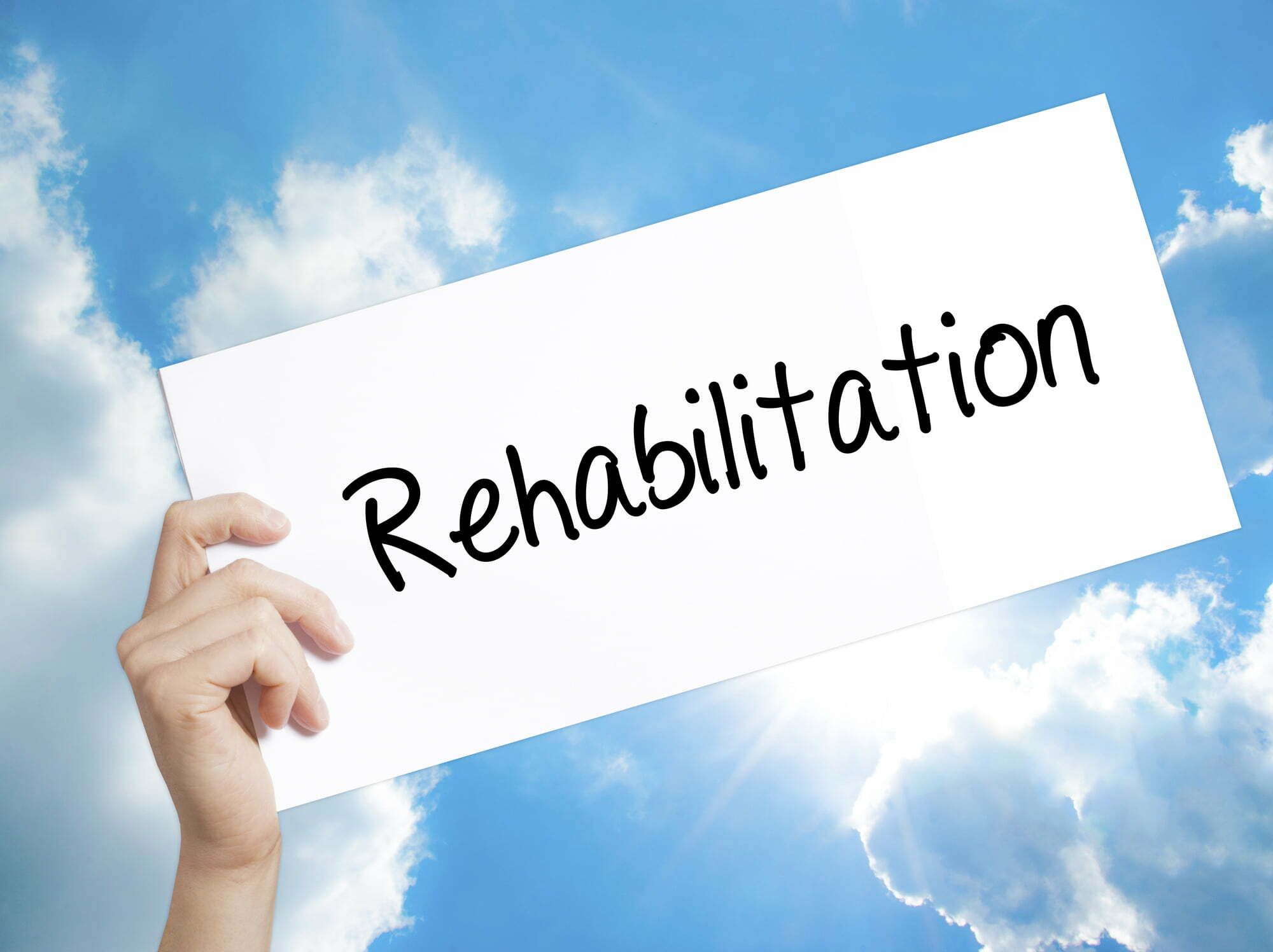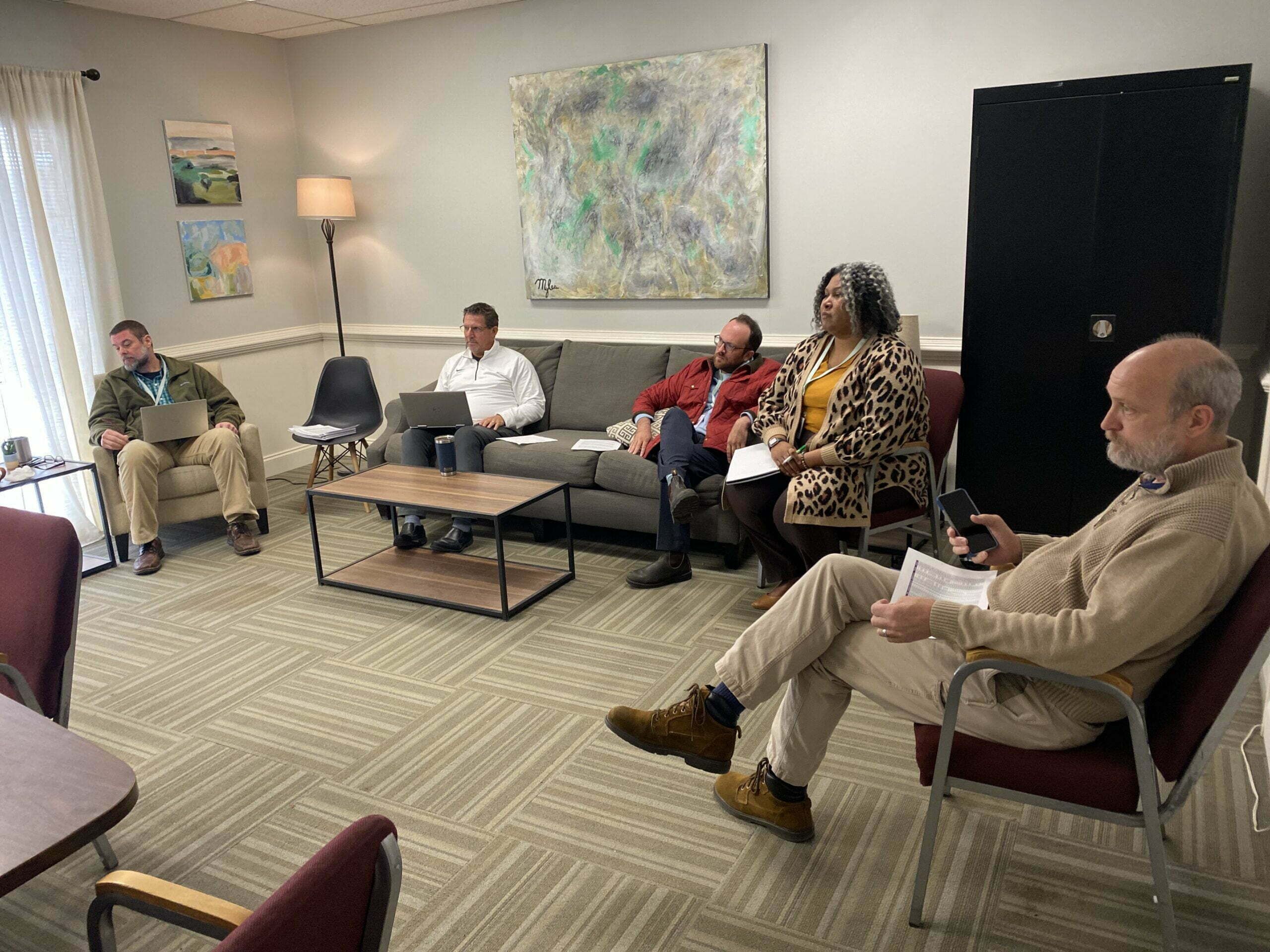Outpatient vs Inpatient Rehab: Which Is Best for You?
If you try drugs before the age of fourteen you are more likely to develop a dependency on substances. Research shows that there is a 34% chance that you will need treatment and become addicted later in life.
Now, even though that statistic seems scary, having substance dependency is reversible. Thankfully, there are treatment centers that offer inpatient rehab and dual diagnosis.
But, what do these terms mean? And, how do you know what substance abuse treatment is the right one?
If you’re asking yourself these questions then, don’t worry. It can feel overwhelming learning about substance abuse treatment as there are so many drug rehab centers in Atlanta, and drug rehab centers in Georgia…
However, finding somewhere you feel comfortable and safe is only the first step. You also have to be prepared for every stage of the treatment. So, here’s your guide to outpatient and inpatient treatment to get you started.
How Substance Abuse Starts
People who are reliant on drugs such as opioids or alcohol have substance use disorder, which affects someone’s brain and their ability to control their behavior.
Unlike people who can have a glass of wine and stop, suffering from this illness means you are unable to consume substances in moderation. Despite knowing the harm they can cause, people continue to use substances.
Everyone goes to a drug addiction treatment center for different reasons. Sometimes, the illness is inherited from family members. Other times, it can be due to life circumstances such as unemployment or health issues.
However, amongst suffers from substance use disorder, there are often other reasons for dependency.
For instance, other mental illnesses can impact their daily lives such as anxiety and depression, and makes it hard for them to seek help. These problems can make it hard for them to interact and leave the house.
Therefore, if you think you might have a substance dependency or someone you love does then take a note of the next section and the signs to look out for.
Common Signs
When it comes to identifying whether or not you have a substance use disorder it can be easy to overlook certain behavioral changes and habits as the person suffering tends to keep them to themselves.
Although, the most common signs of substance dependency are:
- Feeling that you need to use the drug regularly
- Using drugs to block out thoughts
- Stressed about having a constant supply of a drug
- Not showing up to work or another meeting
- Doing risky activities
- Failing to quit
If you notice any of these signs in yourself or someone you know then it’s probably time to look into an addiction treatment center. However, there are many options available when picking a facility.
As substance use disorder is individual to everyone, drug treatment centers offer a range of services to suit your personal needs.
For example, some rehab centers in Atlanta offer inpatient as well as outpatient options for patients who need extra support during detoxification.
Despite detoxification being a key part of the recovery process, it’s not everything.
Having a substance use disorder is a complex problem that needs both medical and psychological treatment. And, some people need additional medical supervision.
Normally, medical professionals prescribe certain medications to help you during detoxification. So, you can complete withdrawal and start on the other areas of recovery like talking therapy and group work.
The medications available will help with the detoxification of alcohol, opioids, benzodiazepines, nicotine, and other substances. The team at the drug and alcohol treatment centers will have everything prepared.
Outpatient Treatment Programs
To help you understand better what is involved in alcohol treatment centers and inpatient rehab, this section will give you an overview of outpatient options.
This type of treatment is less invasive and you can receive professional help whilst still being able to go home at night. Often, your doctor will assess if you have the right support network and environment for this treatment.
If you have a group of close friends and family, a secure home, and in good physical health then this could be the better choice for you. Outpatient programs are great for people who have work commitments as well.
The length and intensity of these types of dual diagnosis treatment centers will vary from person to person, but will generally involve group therapy, one-to-one therapy, and a 12-step program.
Therefore, you will have a group of people who have gone through the same thing as you. Also, you can learn how to cope with impulsive thoughts and stress management techniques.
In some cases, people start with inpatient rehab and progress to outpatient care once they’ve been through several stages of treatment. This transition stage can help you adjust to normal living again.
And, it can still give you a place to work through your issues relating to substance use disorder.
So, why should you choose outpatient programs for addiction treatment in Atlanta?
Benefits of Outpatient Care
Here is a list of the benefits of outpatient care for you to consider before making your final choice:
1. Stay In Your Home
Without a doubt, the main benefit of outpatient programs is the fact that you can stay at home. You don’t need to move all your things, take time off work, or even leave the comfort of loved ones.
Instead, you can receive help at home. That doesn’t mean you don’t get the same level of care as inpatient treatment, it just gives you more flexibility and control over the situation.
2. More Affordable
In addition to being more comfortable, outpatient treatment can also be a more affordable choice for many people. As outpatient care is about providing the patient with professional help without an overnight stay.
Therefore, the cost of inpatient rehab is a lot higher than outpatient treatment.
3. Your Life Doesn’t Need to Stop
Suffering from substance use disorder can already feel isolating enough without the added feeling of being separated from the people you love.
If you’re worried about not having your loved ones nearby then, outpatient care could the better solution for you. However, if you decide that this form of treatment isn’t enough you can also change to an inpatient program.
Most alcohol treatment centers will allow you to move to inpatient care as long as you’ve been through detoxification. So, you can always begin with an outpatient program and change your mind.
As long as you or someone you know get better, that’s all that matters.
Inpatient Treatment
In contrast to outpatient treatment, going to an inpatient rehab facility means you stay in the center and receive help 24/7. While you’re in recovery you will have a group of medical staff around you at all times.
Therefore, there will be doctors as well as mental health counselors available for you whenever you need them. Some people attend inpatient treatment for three-six weeks. However, others can stay for as long as six months.
The duration of your stay will depend on your professional assessment and how well you progress throughout the recovery steps. The structure of inpatient treatment follows the same pattern no matter where you go.
Firstly, you will be supervised through medical detoxification. Then, you will have to have individual therapy as well as group sessions with other people at the center.
After going to therapy you will also take part in activities and workshops at the centers, which involve teamwork and mental health exercises. Plus, you will be constantly monitored to check your medication management.
Finally, you will be given an aftercare plan and scheduled follow-up appointments to see how you’re doing after the treatment. When rehab stops you will have the resources to help you stay on track.
But, if you’re thinking, is this really for me? Then, here are the main benefits of inpatient care to help you make up your mind…
Why Inpatient Care Is Better
For people who struggle to balance everyday life and their dependency on substances, it can feel like you will never get better.
If you’re in the same environment every day and doing the same things, it’s hard to see life from a different perspective. Your struggles seem to get worse and you feel stuck.
Inpatient treatment is the ideal choice for people who need to seek help and need a different space to heal. When other life commitments pile up and events get in the way, you can relapse very quickly.
Therefore, going to a facility where you can focus solely on recovery and working on yourself, is beneficial for people looking to create lasting changes in their life.
Furthermore, inpatient rehab gives you support during detoxification with any of the physical effects, and psychological problems that can occur during this time.
If this is your first time getting substance use disorder treatment then you could use the extra support that the professional team can offer. Plus, you can have the company of others detoxing as well.
A common misconception about inpatient facilities is that they are similar to hospitals. However, this couldn’t be further from the truth. Especially, at MARR Addiction Treatment where the housing is beautiful and cozy.
You won’t miss the comforts of home, because the treatment center has everything you need to make you settle in and get better.
Outpatient vs Inpatient Rehab
Ultimately, the choice of treatment is entirely up to you. If you want to go into recovery but you have obligations and don’t want to live somewhere else, then an outpatient program is better suited to your needs.
However, if you’ve tried detoxing before but you’ve relapsed then maybe it’s time to try something more intense. Inpatient rehab provides the structure of a home but with medical supervision all the time.
That way, if you have moments where you feel overwhelmed or you doubt your decision to get help, then you can talk with your counselor. They are there to give you moral support to get you through the whole process.
The only key differences between both programs are the time duration, intensity, cost, and overall experience of recovery. It all depends on what your goals are and what you’d like to take away after rehab.
Recover and Thrive
Do you want to build a network of supporters? Are you wanting a long-term solution? Or, do you need help getting through detox at home but want professional support?
Then, there’s an option for everyone. If you want help, all you have to do is reach out.
Treatment is not only a solution for you or a loved one you know, it is important for everyone around that person. It can be hard to participate in social events or find work if you’re suffering from substance use disorder.
Being able to overcome these psychological barriers stopping you from getting sober is the main reason people relapse. Therefore, a treatment that involves both detox and therapy is the best way to heal.
Simply hearing other people tell their stories about substance use disorder, and interacting with other survivors can be a life-changing moment.
Suddenly, your struggles won’t seem so overwhelming.
You can begin seeing a future and building a life after recovery. If this sounds like something you want or someone you know would benefit from, then MARR Addiction Treatment is the place to go.
Find Help and Learn to Love Yourself Again
Now that you have everything you need to know about outpatient and inpatient recovery programs, you can pick the treatment that works for you.
Whether you decide on inpatient rehab or outpatient care, you will be able to conquer whatever is holding you back from sober living. The combination of detox and therapy is the key to a brighter future.
However, you need professional help to get there.
And, as much as friends and family are supportive you need a medical expert to look after you during the process. Thankfully, the people at MARR Addiction Treatment have the experience and the skills for treating sufferers.
Call the team or visit the website to find out more today.






